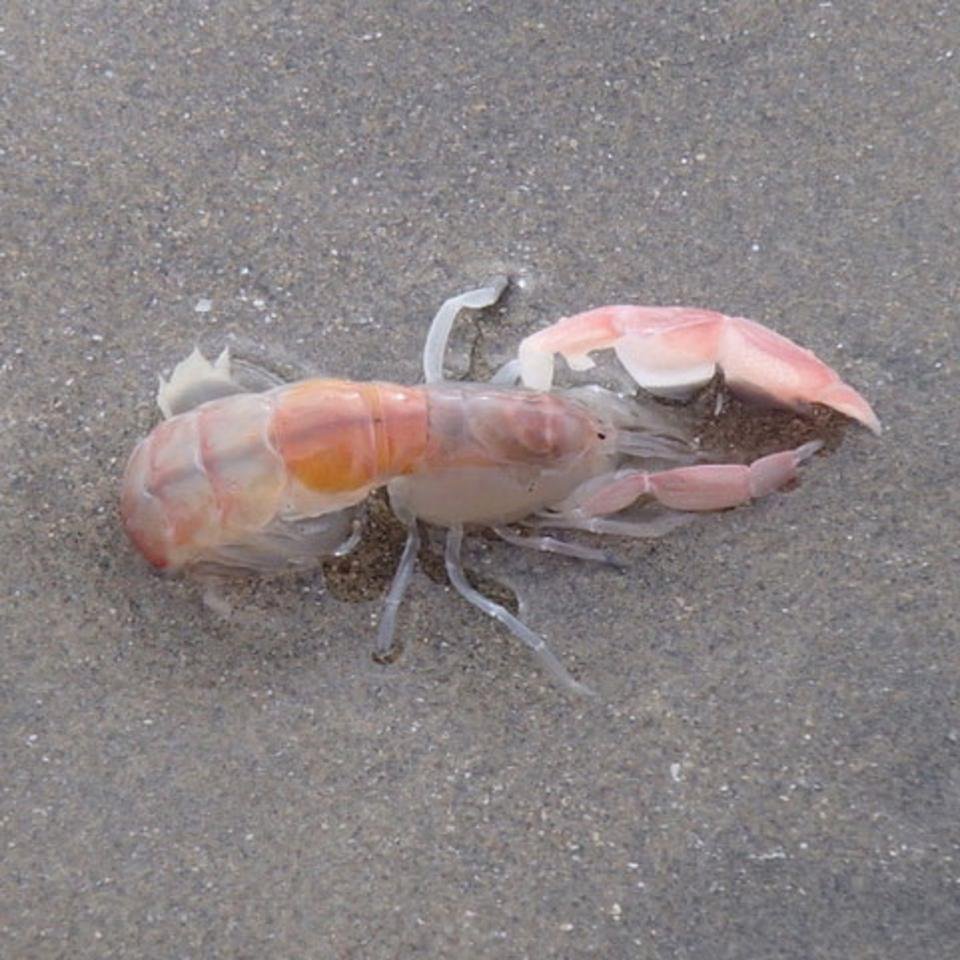When Katrin Berkenbusch was doing post-doctoral research in 2002, she collected data from three estuaries in Otago and three estuaries in Oregon, in summer and in winter. The project was investigating the possible influence of two different ‘ecosystem engineers’ on the other animals in these habitats.
The two engineers were seagrass and burrowing ghost shrimp. “In the marine environment, burrowing shrimp are a bit like bulldozers” Katrin says, “continually disturbing and reworking the sediment. You know when they’re active because of the cone-shaped mounds they leave in the sand at low tide.”
“Seagrass, on the other hand, has a stabilising effect on the sediment and reduces water flow. There’s a general perception that burrowing shrimp have an adverse impact on associated organisms, whereas seagrass supports relatively high diversity.”
Katrin recorded the other organisms that were found along with seagrass or burrowing shrimp (like small crustaceans and worms), to find out which of them were most affected by the ecosystem engineers.
“I decided to do a complex multivariate analysis first, so I looked at the community composition – who the associated organisms were in areas dominated by burrowing shrimp, by seagrass or by a mix of both. I found there were consistent differences in the composition of the associated community across estuaries and regions – the community structures were distinctly different between burrowing shrimp and seagrass areas.”
An additional univariate analysis of the data had always been on Katrin’s to-do list, but work and life had got in the way. This year’s Marine Sciences Society conference seemed like an ideal opportunity to re-visit the data and carry out the analysis.
“My preliminary results from the univariate analysis show that the patterns aren’t clear cut. Areas of seagrass don’t always have higher species diversity or a higher number of individuals. It’s really interesting and a bit of a surprise – it’s nice when things are not completely straightforward.”
Katrin says although it was hard work to go back to the data, she enjoyed the opportunity to do some curiosity-driven research. “And the conference was a good setting to present it. It was great to re-connect with my science community and catch up with the latest research in the soft-sediment area.”
Phil Neubauer also gave a talk at the conference called ‘Modelling effects of long-term environmental variability and climate on fished populations: implications for stock assessment advice.’


